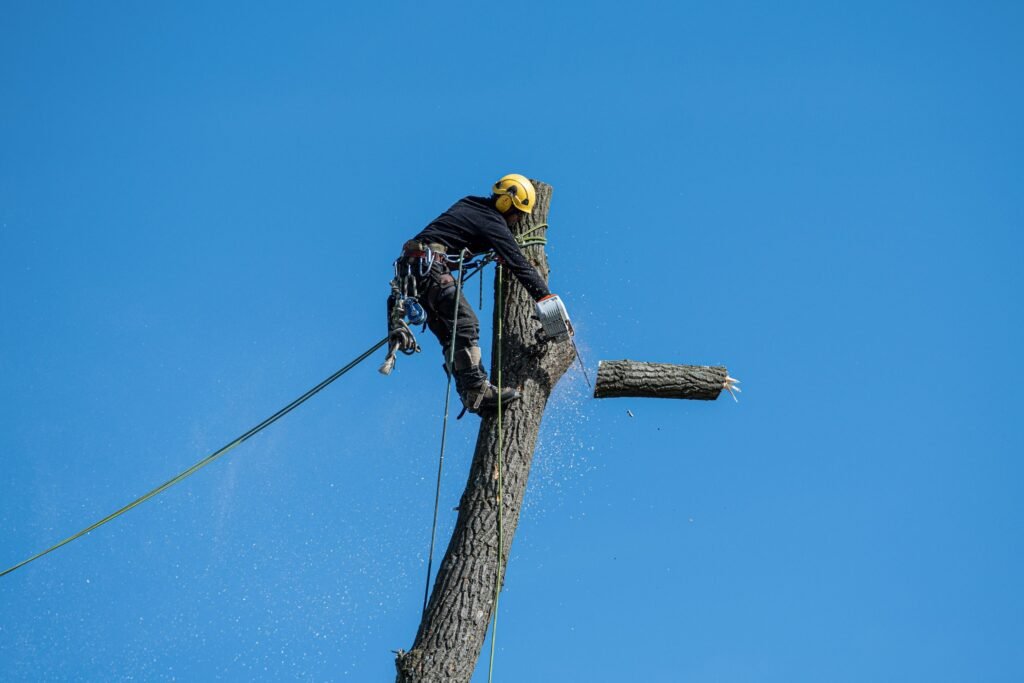New technology of FPV drone goggles
Due to the increasing popularity of FPV and virtual reality, the realization technology of FPV drone goggles is constantly developing and improving.
The most significant improvements come from optical and micro LCD screens, which have evolved to provide greater contrast, color, pixel density and reduce image distortion.
These technical improvements are particularly evident when compared directly with a new lightweight goggle five years ago.
Read also – Donres-for-beginners
With the continuous expansion of chip size and the reduction of price, goggle manufacturers can also provide users with many integrated functions, and the price is becoming more and more affordable. Many of them will be discussed later.
The increase in eyewear manufacturers also promotes further technological innovation, as each manufacturer strives to create more refined and feature set products.
When buying a set of goggles, there are many features to consider that can add functionality and user experience.
The most common features are summarized as follows:
Audio. Some analog and digital FPV systems can transmit audio if the monitor / goggles have a built-in speaker or audio jack.
Audio increases immersion, but its use depends subjectively on the pilot’s preference.
HDMI input. The HDMI display port allows the display / goggles to interface with a computer or digital FPV system.
It is very useful for FPV training because it allows the use of goggles to play with flight simulation computer programs, increasing the parallelism between simulated flight and real flight.
Digital video recording (DVR). The digital video recorder (DVR) allows video to be recorded on an SD card mounted on the monitor / goggles.
This feature is particularly useful because the video can be played back to review the course of the game or to observe where the four-axis vehicle crashed.
Adjustable aspect ratio. Some FPV browsing devices can choose to switch aspect ratio between 16:9 And 4:3.
This is particularly useful if a pilot’s fleet contains four axis vehicles with 4:3 and 16:9 cameras, or switches between digital and analog FPV systems.
Head tracking. Head tracking is not common in FPV four axis aircraft, but it is more widely used in long-range FPV aircraft.
The head tracker is mounted in the goggles, allowing the camera frame mounted on the aircraft to move in the direction of your head movement, essentially allowing you to “look around” your FPV aircraft.
The fans of the panel. In hot or cold weather, low side goggles are prone to optical fog. Add a fan to prevent fogging by blowing a small amount of air onto the optics.
This feature is very useful and is highly recommended in a pair of goggles.
Adjustable pupil distance (IPD). Most dual screen goggles can adjust the distance between screens to match the distance between the user’s pupils.
This feature also strongly recommends low profile glasses because it allows users to move the optics to their favorite location, increasing the comfort of the device.
Diopter lens slot / adjustable magnification.
Most goggles have the ability to add extra diopter lenses or adjust screen magnification, as it is usually impossible or difficult to wear low side or box goggles, respectively.
Refractive lenses or adjustable image magnification allow myopic and hyperopic pilots to use FPV goggles without experiencing blurred images.
There are also third-party companies that can produce customized optometry lenses for pilots using low profile goggles.
3 days of invalid ticket capacity.
In the scene with 3D FPV camera, most low profile mirrors and some box mirrors can see the 3D FPV video source. Although this method is not common, it is a unique experience, especially when combined with audio.
Don’t blow up your FPV goggles!
Low profile goggles adopt high magnification optics, so that users can see the micro LCD screen without eye fatigue.
While magnifying the screen, these optical devices can also focus sunlight on the micro LCD screen, thus burning the screen fragments white.
When not in use, it is best to put the goggles in the forehead or carry on bag to prevent the LCD screen from burning out.
FPV goggles are an important part of your hobby, and you should now be able to use the information in this article to make informed decisions.
If you have difficulty choosing a set of glasses, go to the local ticket club for their advice and request members to even try on one.
Goggles interface for the ticket world, so be sure to choose a pair of decent quality and comfort. sprunki horror Endless Fun Awaits!



